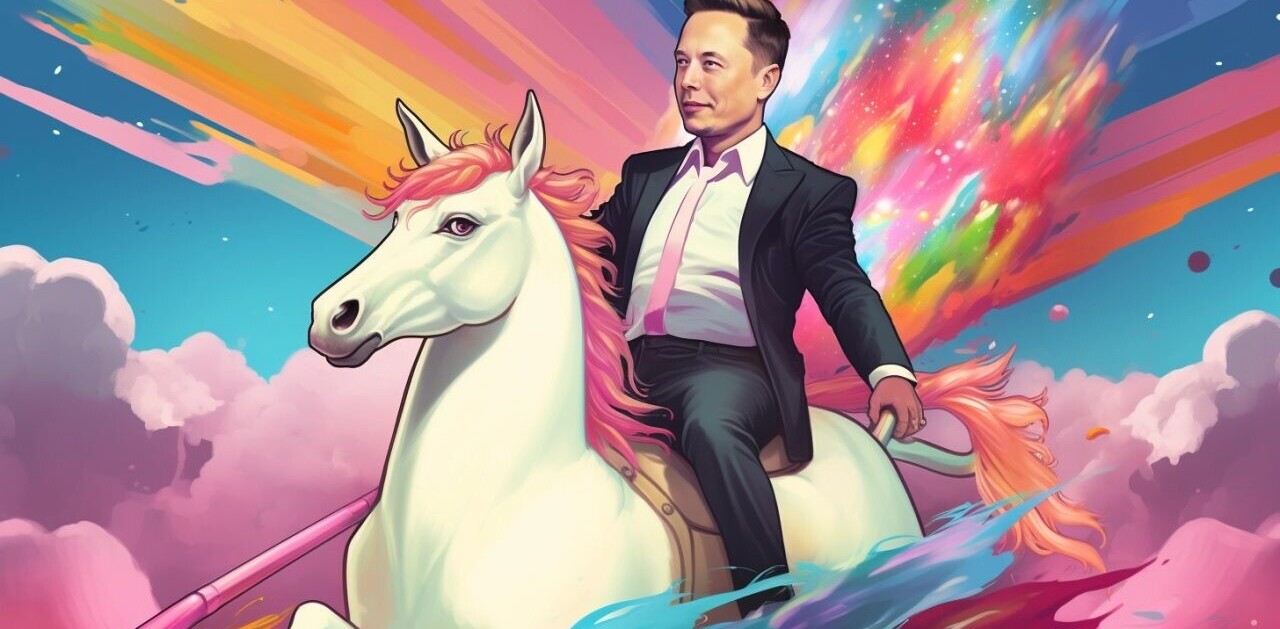
Electronics manufacturer Brother is laying claim to having produced the last ever typewriter in the UK, built at its factory in Wrexham, North Wales, the BBC reports.
While there will likely be few tears shed at this news, it is still a landmark moment and signals the end of an era in our technological evolution. In fact, you no doubt thought this era had ended a LONG time ago
Indeed, even before the advent of the Internet era, typewriters were already massively in decline, with dedicated word processors and (un-networked) PCs very much the order of the day.
Brother says it has produced almost six million typewriters since its Wrexham factory opened in 1985. But who’s actually going to be buying its last typewriter? Well, nobody – it has been donated to London’s Science Museum. In a fitting end to the typewriter era in the UK, the last model was built by a factory worker who has been there since 1989.
“If people ever ask me, I can always say now, as a strange question, that I’ve made the last typewriter in the UK,” said Edward Bryan, in an interview with the BBC. Interestingly, he added that he has “tried and succeeded” to build a typewriter with his eyes closed.
The state of play elsewhere
While it’s no surprise to learn that the humble typewriter has met its maker in Britain, you may be surprised to learn that the technology still has a market in the US, with Brother reporting “significant sales” Stateside, and this will now be served by its factory in the Far east.
As for Brother’s Welsh factory, well, you may be pleased to learn that it’s not shutting up shop yet – it will still be used to make other office technology and operate a recycling scheme for printer cartridges. Whatever happened to that much-mooted paperless office?
Brother’s UK boss Phil Jones said that typewriters held “a special place in the hearts” of the public, which is why he said they were donating the last machine. “Because of this, and the typewriter’s importance in the history of business communication, we felt that giving it a home at the Science Museum would be a fitting tribute.”
A history of typewriters
As with any technology, it’s difficult to pinpoint an exact moment when the typewriter was invented…there were a number of iterations that led to what we’d consider a ‘modern’ typewriter.
English inventor Henry Mill secured a UK patent way back in 1714, for a machine that certainly seems to offer typewriter-style features. The patent read:
“…[he] hath by his great study and paines & expence invented and brought to perfection an artificial machine or method for impressing or transcribing of letters, one after another, as in writing, whereby all writing whatsoever may be engrossed in paper or parchment so neat and exact as not to be distinguished from print; that the said machine or method may be of great use in settlements and public records, the impression being deeper and more lasting than any other writing, and not to be erased or counterfeited without manifest discovery.”
Then in 1808, Italian inventor Pellegrino Turri produced what could be construed as a typewriter, alongside carbon paper. Many of the early incarnations were designed to help blind people write.
However, typewriters didn’t gain commercial traction until the 1870s when Christopher Sholes (from QWERTY fame) – and Carlos Glidden struck a deal with the Remington company to mass produce their machines.
London’s Science Museum has more than 200 typewriters in its collection spanning more than a century, and this latest one will be a notable addition.
With smartphones, laptops, tablets and a slew of other connected communication devices at our disposal, the typewriter very much feels like it belongs to a different era.
Indeed, if you were to present a teenager with a typewriter today and ask them to explain what it was, there’s every chance they’d describe it as “…a computer that prints out what you type in real-time.” Or something like that.
Feature Image Credit – Thinkstock
Get the TNW newsletter
Get the most important tech news in your inbox each week.





